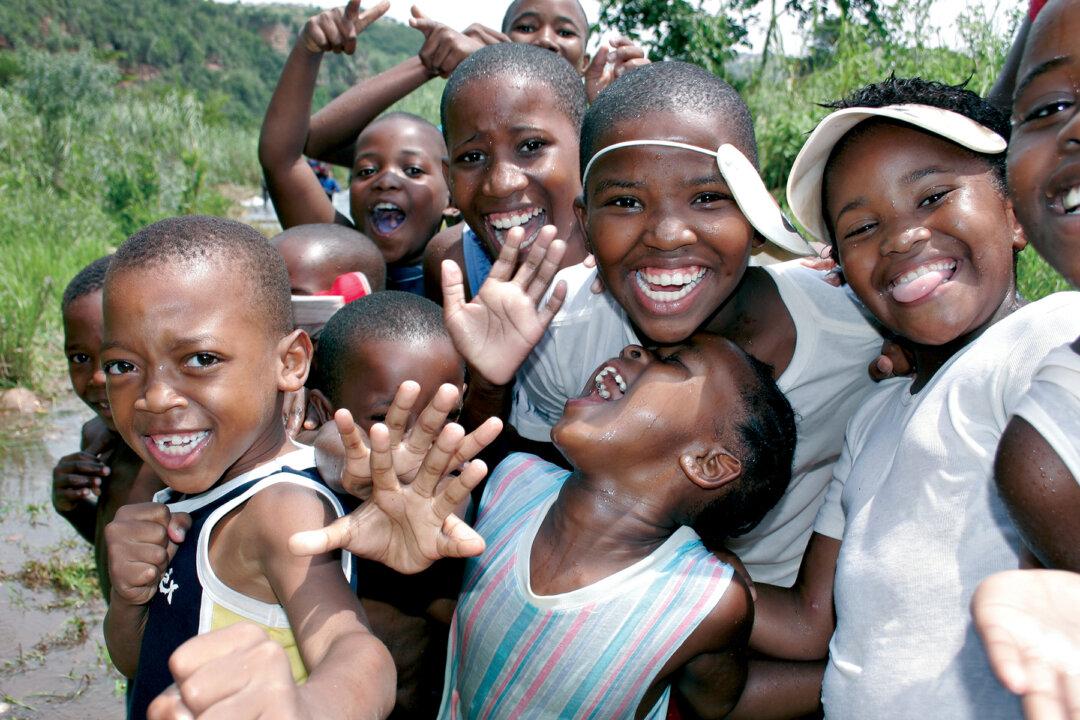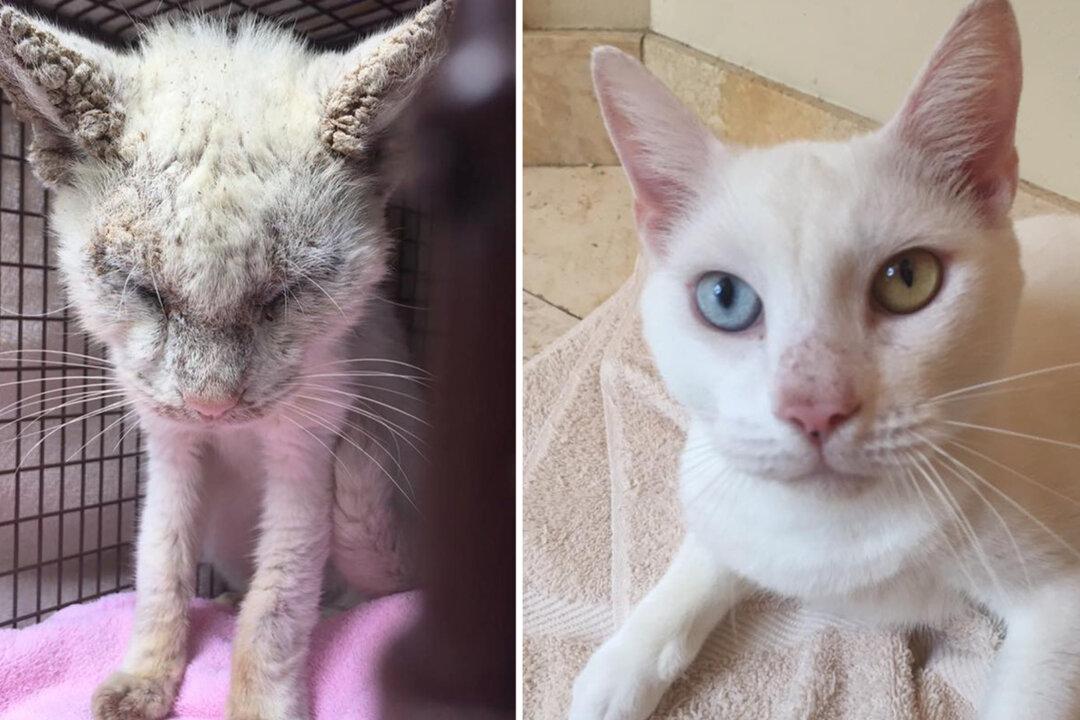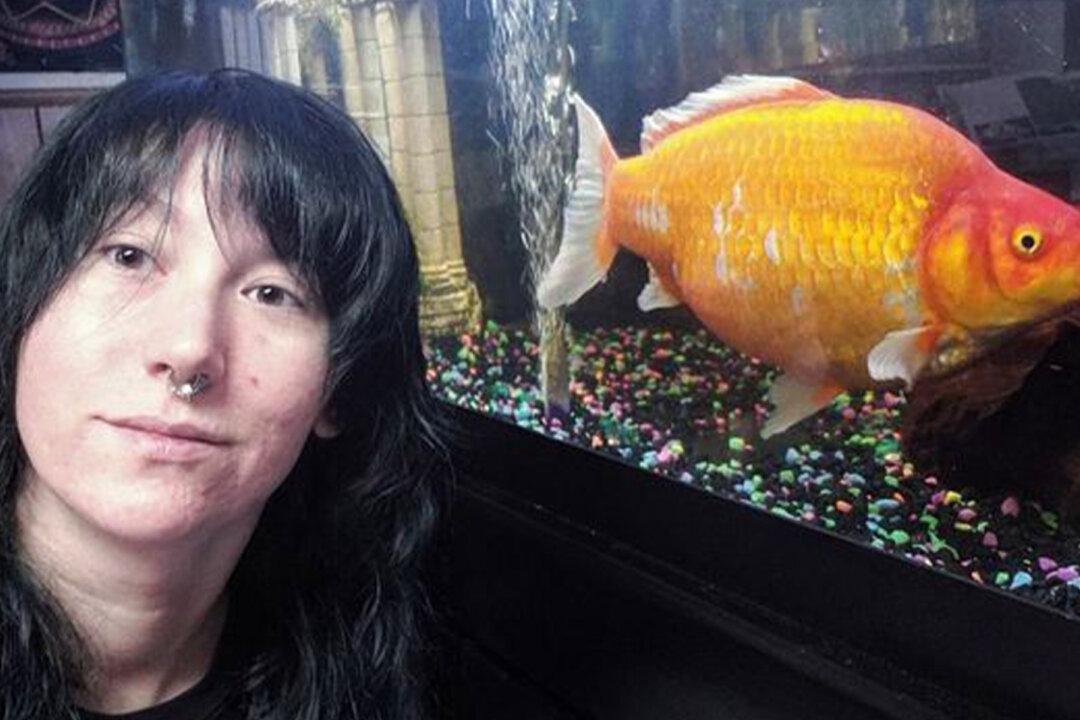The average global fertility rate today, which measures the average number of children that each woman on Earth has given birth to, is currently around 2.5—meaning that the typical household worldwide has somewhere between two and three children.
For 39-year-old Mariam Nabatanzi of the Kasawo region in Uganda, though, that number is one she hasn’t seen since she was just 13 years old.





